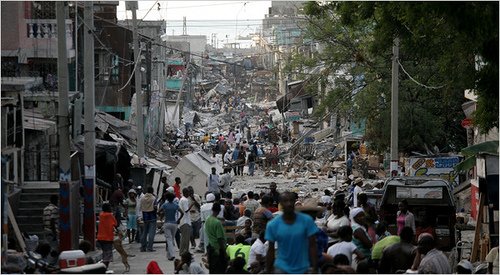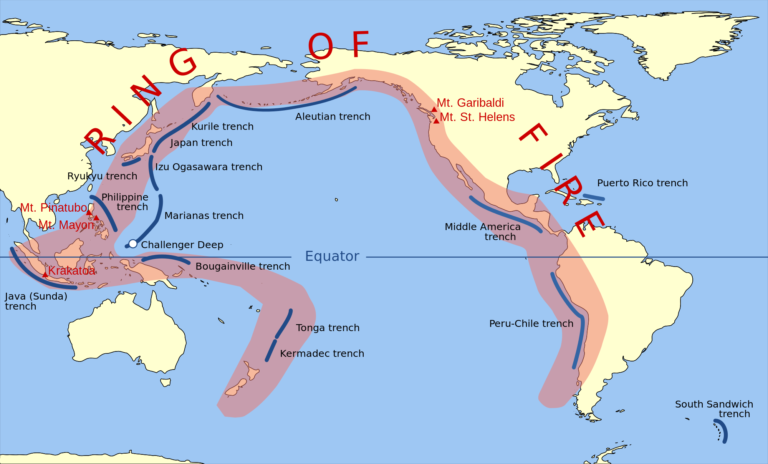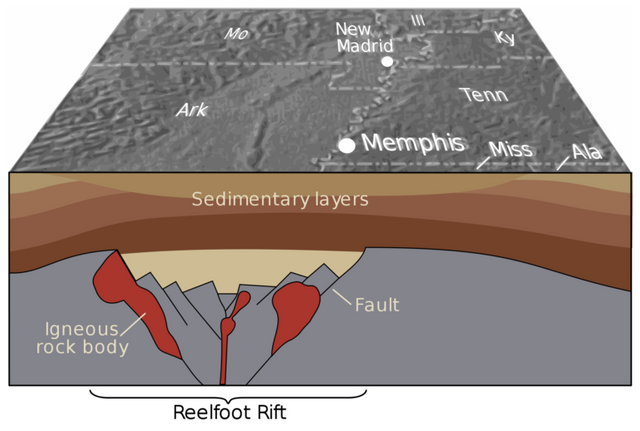
The 7.8 magnitude quake that ravaged part of Ecuador’s Pacific coast on April 16 injured about 12,500 people and more than 650 people lost their lives. The power of that earthquake is a reminder of the dangers in the U.S. posed by the San Andreas Fault and others. Scientists are continually predicting when the “Big One” will hit. Living in Kansas, not an area usually associated with earthquakes, residents including myself are asking the question more often: Was there an earthquake today? Because of “fracking” this area is experiencing earthquakes seemingly every month. Even though little damage has occurred, there is no guarantee that it won’t in the future. There is a distinct possibility that you could experience an earthquake no matter where you live in the U.S.

What Causes Earthquakes?
A fault is a fracture or zone of fractures between two blocks of rock, which enables the blocks to move in relationship to one another. When the movement is rapid, this can lead to an earthquake. While the 800 mile San Andreas Fault is infamous, there are others in the U.S. that have caused earthquakes and present ongoing risks, though not as massive as the huge California fault. Faults come in all sizes. From small ones with short fault lines you can see in a single road cut, to huge faults with lines only clearly visualized from space. Here are the major U.S. faults where a earthquake can occur at any time.
San Andreas fault: This fault caused the 7.8 magnitude San Francisco earthquake of 1906 that killed at least 3,000 people. In 1989, the Loma Prieta earthquake ruptured near Santa Cruz, causing 63 deaths and moderate damage in some vulnerable locations in the San Francisco Bay Area.
Cascadia Subduction Zone: Running 680 miles along the Pacific Northwest coastline, this fault directly threatens two major U.S. metropolitan areas – Portland and Seattle, as well as Vancouver. In 1700, this fault caused a monstrous earthquake and tsunami – of course, this was 105 years before Lewis and Clark explored the West Coast so the area had yet to be settled.
New Madrid Seismic Zone: This is the most active zone east of the Rocky Mountains, spanning southeastern Missouri, northeastern Arkansas, western Tennessee, western Kentucky, and southern Illinois. Although this fault has not caused any major earthquakes since 1811-1812, millions of people now live in St. Louis and Memphis, which presents the potential for a devastating disaster.
Ramapo Seismic Zone: Running through Pennsylvania, New Jersey, and New York, this fault last rattled Brooklyn, N.Y. in 1884 when a 5.2 magnitude earthquake was felt as far away as Maine and Virginia. An earthquake of just 5.0 magnitude could cause serious structural damage to many tall buildings in Manhattan, most of which were not designed to withstand this tectonic activity.
Hayward Fault: Californians are not only at risk due to San Andreas, but this 74 mile-fault which runs through cities including Fremont, Hayward, Oakland, Berkeley, and Richmond. The last major earthquake destroyed downtown Hayward in 1868, but scientists believe this very unstable fault is capable of producing earthquakes in the 7.0 to 8.0 magnitude range.
Denali Fault: This fault extends from northwestern British Columbia, Canada to the central region of Alaska. In 2002, a magnitude 7.9 earthquake ruptured the Denali Fault in the Alaska Range, about 90 miles south of Fairbanks. The shock was the strongest ever recorded in the interior of Alaska, but caused no deaths and very little structural damage since it struck a sparsely populated region of the state.

Earthquake Preparation Tips
Create an earthquake emergency plan. Consult a professional to determine ways to make your home less prone to damage, e.g., bolting bookcases to wall studs, installing strong latches on cupboards, and securing your water heater with wall studs. Identify a safe place in every room of the house that you can go to in case of an earthquake. This should be a spot where you are not in danger of anything falling on you. Create a bug out bag that includes emergency food rations, a well-stocked first aid kit, emergency water pouches or bottled water, dust masks and goggles, a working battery-operated radio, and flashlight. Make sure your car bug out bag is packed and ready to use if you need to travel. Learn how to turn off gas and water mains.
Don’t think that it can’t happen to you! Be prepared!
Where was the "GOLFBALL" AKA floating HAARP ship? Bet it was in the area...
Downvoting a post can decrease pending rewards and make it less visible. Common reasons:
Submit
Congratulations @rdnsurvival! You have received a personal award!
Click on the badge to view your own Board of Honor on SteemitBoard.
Downvoting a post can decrease pending rewards and make it less visible. Common reasons:
Submit
Congratulations @rdnsurvival! You received a personal award!
You can view your badges on your Steem Board and compare to others on the Steem Ranking
Vote for @Steemitboard as a witness to get one more award and increased upvotes!
Downvoting a post can decrease pending rewards and make it less visible. Common reasons:
Submit